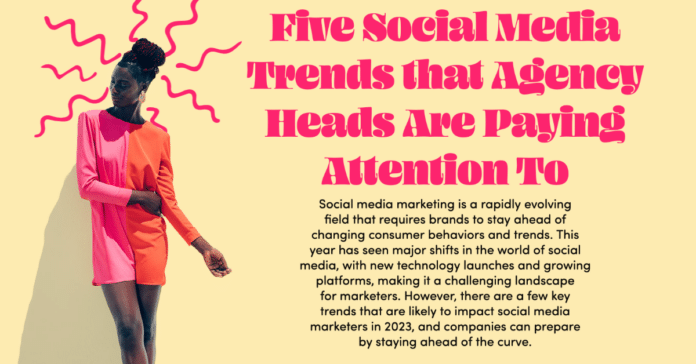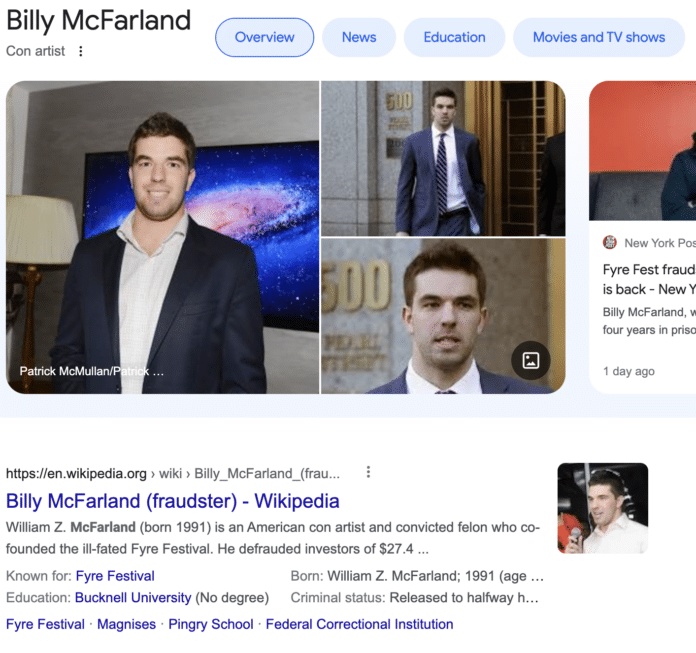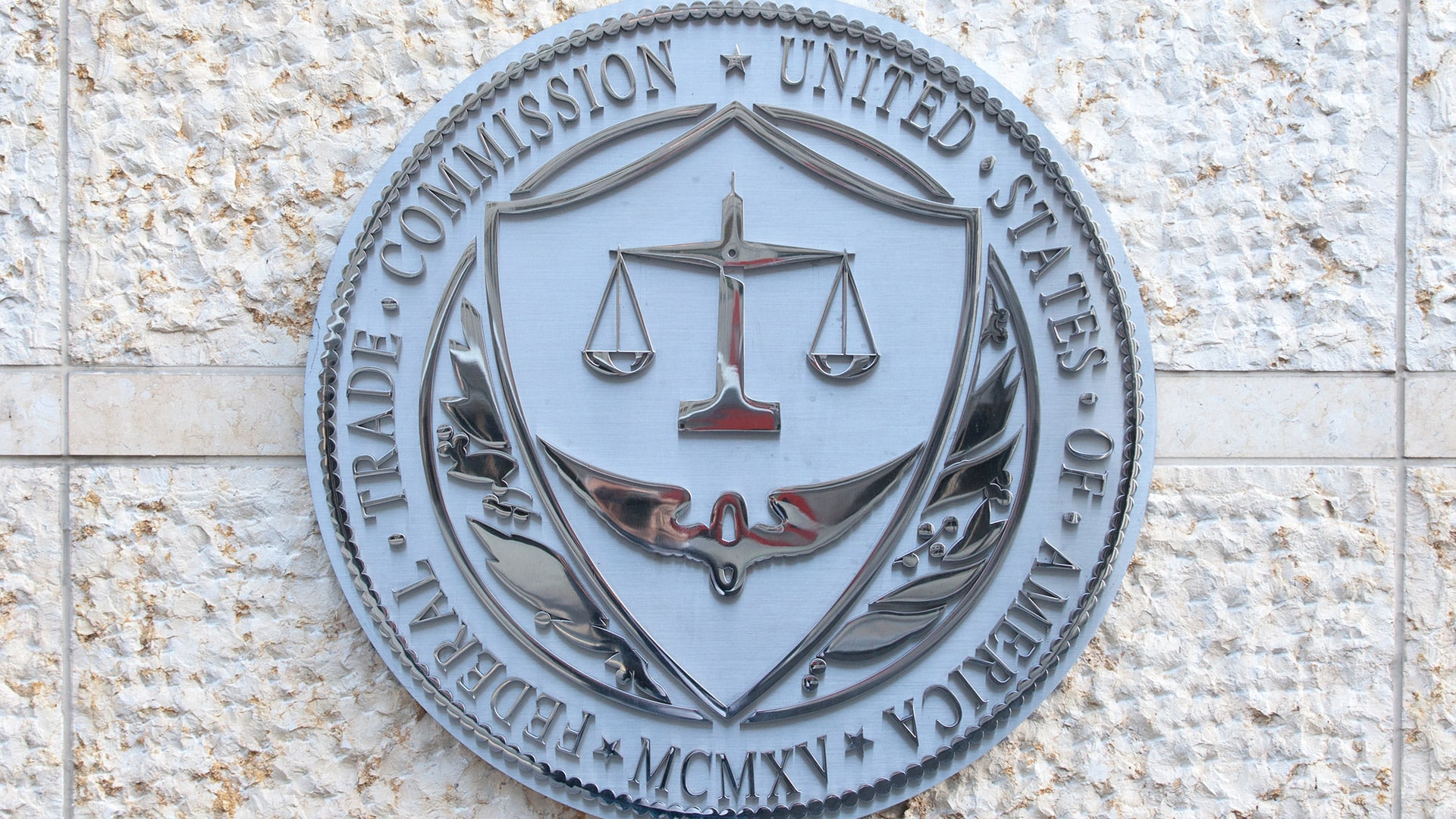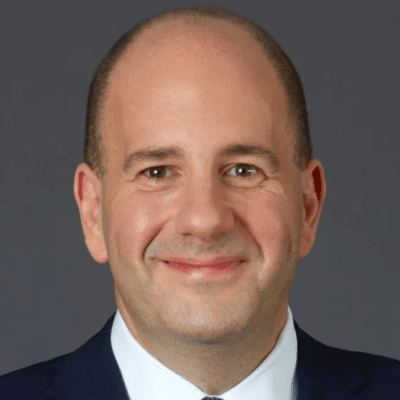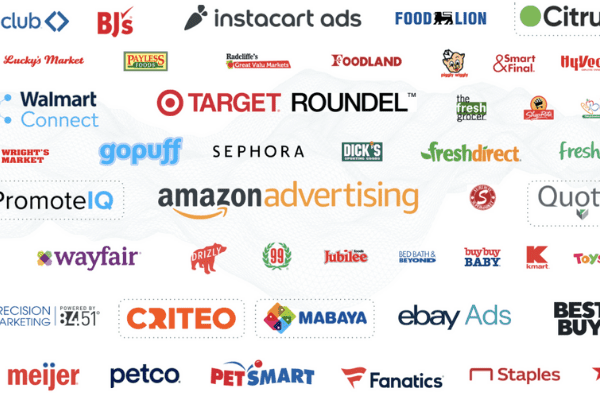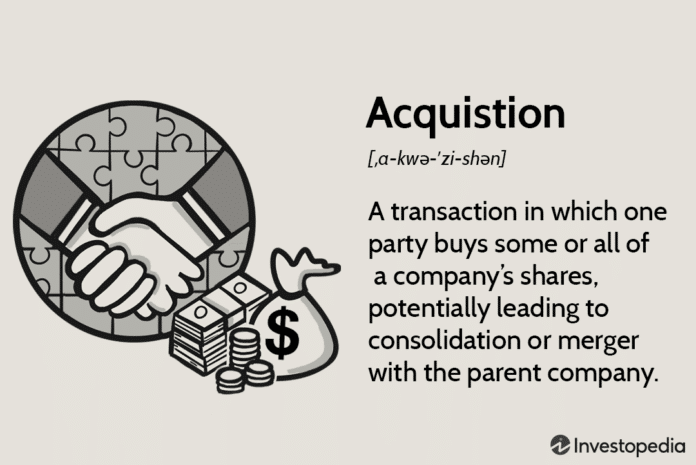Social media marketing is a rapidly evolving field that requires brands to stay ahead of changing consumer behaviors and trends. This year has seen major shifts in the world of social media, with new technology launches and growing platforms, making it a challenging landscape for marketers. However, there are a few key trends that are likely to impact social media marketers in 2023, and companies can prepare by staying ahead of the curve.
The first trend to watch is the rise of the “customer influencer.” Influencer marketing has become a staple in marketing campaigns, and the use of microinfluencers has been on the rise. However, in 2023, brands will embrace word-of-mouth marketing and use social media to source user-generated content (UGC) from their customers. UGC has been shown to drive 29% higher web conversions compared to campaigns that don’t leverage it, making it a valuable tool for brands. By using real-life testimonials from their most loyal customers, brands can save time and resources while also shining the spotlight on their most valuable customers.
Another trend to watch is the increasing use of emerging social platforms. Brands that don’t experiment with new platforms, formats, and trends risk falling behind. The success of TikTok has led to more brands experimenting with other emerging platforms, like BeReal. Brands like Chipotle are already using BeReal to offer exclusive promos and discounts, and more brands are expected to follow suit as they look to grow their Gen Z communities.
One of the biggest shifts in the world of social media was the increased use of social media for customer care. The pandemic changed the way customers interact with brands on social media, and many turned to branded social accounts for customer service. Brands have realized the importance of a diligent social customer care strategy, and this trend is expected to continue in 2023. In fact, two out of three consumers prefer to use social media for customer support during the buying process. Brands will need to harmonize the way customer support and social media teams interact to provide the best customer experience possible.
Another trend to watch is the continued dominance of video content. Video has been the top content format for brands for years, and this trend is expected to continue in 2023. Brands will focus on more scrappy, unpolished videos that are more authentic and resonate with audiences. Brands can use their cell phones to record and edit content in-app, and there is a growing pool of content creators using platforms like TikTok to showcase products. This gives brands an abundance of UGC to use in their campaigns.
Social media stories will continue to captivate audiences One of the biggest trends in social media marketing over the last few years has been the growth of stories. Social media stories are quick, ephemeral updates that disappear after 24 hours. Brands quickly realized the potential of stories to reach and engage with their audiences, leading to a proliferation of stories across different platforms. In 2023, we predict that social media stories will continue to play a key role in how brands communicate with their audiences. Brands will use stories to drive brand awareness, highlight products and services, and provide behind-the-scenes glimpses into their business operations. By leveraging the power of stories, brands can make a big impact with short, engaging pieces of content.
Social media marketing will be more personal Social media marketing has come a long way over the last few years, but there’s still a long way to go. In 2023, we predict that brands will focus on personalizing their marketing messages to better engage with their target audiences. Brands will use data and AI technologies to better understand their customers and provide them with relevant, personalized messages. This will require a deep understanding of what makes their customers tick, as well as their needs, wants, and desires. By taking a personalized approach to social media marketing, brands can better connect with their customers and build long-lasting relationships. Whether it’s through targeted ads, targeted content, or targeted messaging, brands that focus on personalization will come out on top.
Finally, brands will turn to live video streaming to deliver quality customer service straight from social media apps. Customers will be able to receive expert advice from the comfort of their own homes, and brands like Orbit Baby have already seen success with this approach. As customers demand immediate responses from brands online, this trend is expected to take root in 2023.
The world of social media marketing is constantly changing, and brands need to stay ahead of the curve to be successful. The five trends outlined in this article – the rise of the “customer influencer,” the use of emerging social platforms, the increased use of social media for customer care, the continued dominance of video content, and the use of live video streaming for customer service – are all trends that brands should prepare for in 2023. By being proactive and adapting to these trends, brands can stay ahead of the competition and continue to grow their social media presence.


